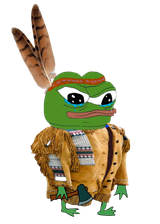Did you know?
Many linguists posit that many Native American languages such as Navajo and Nahuatl share many similarities to the central asian languages such families (Uralic, Mongolic, Turkic) and believe that they descend from a common ancestor
are there any interesting facts about your language iyc?
are there any interesting facts about your language iyc?

